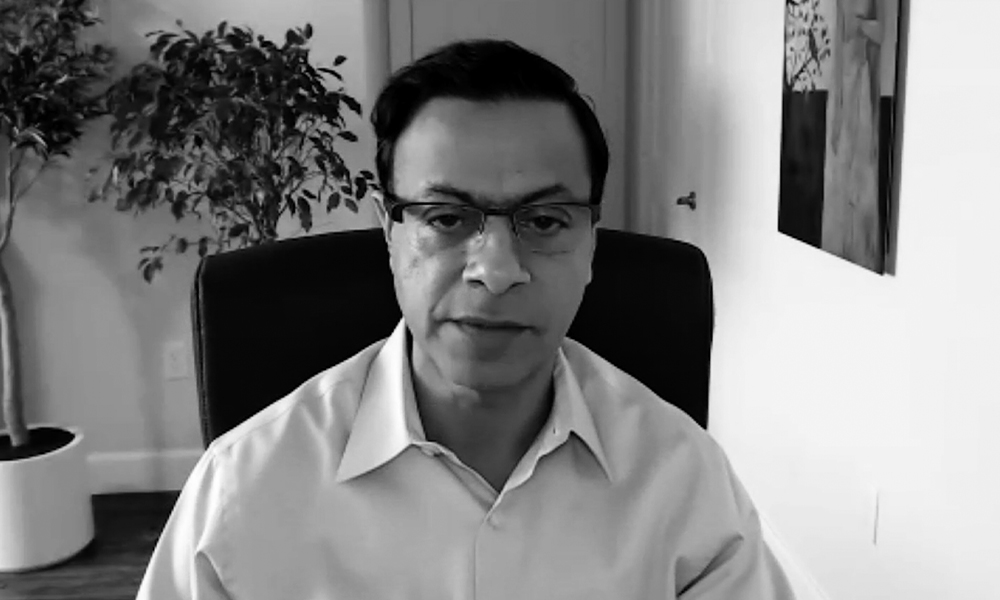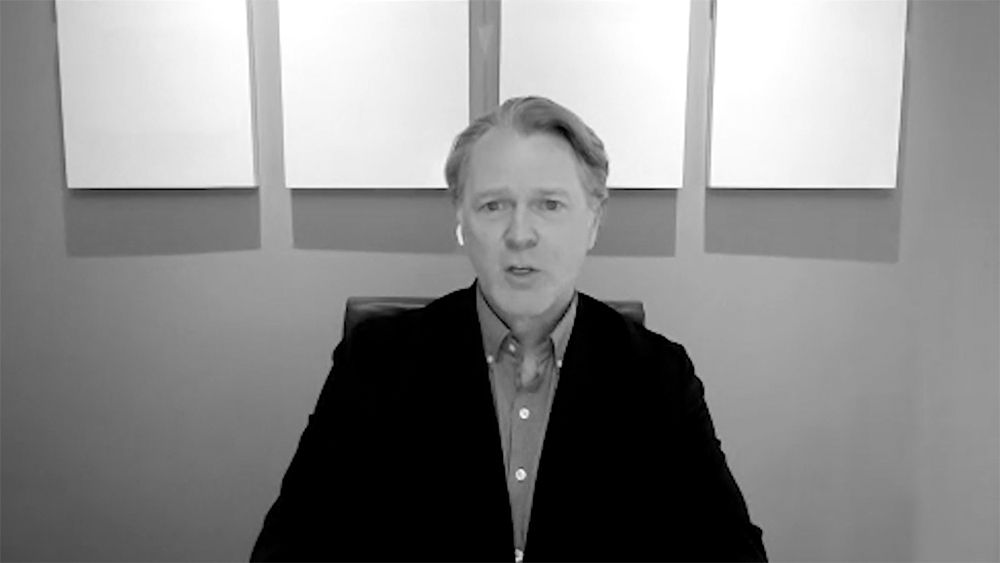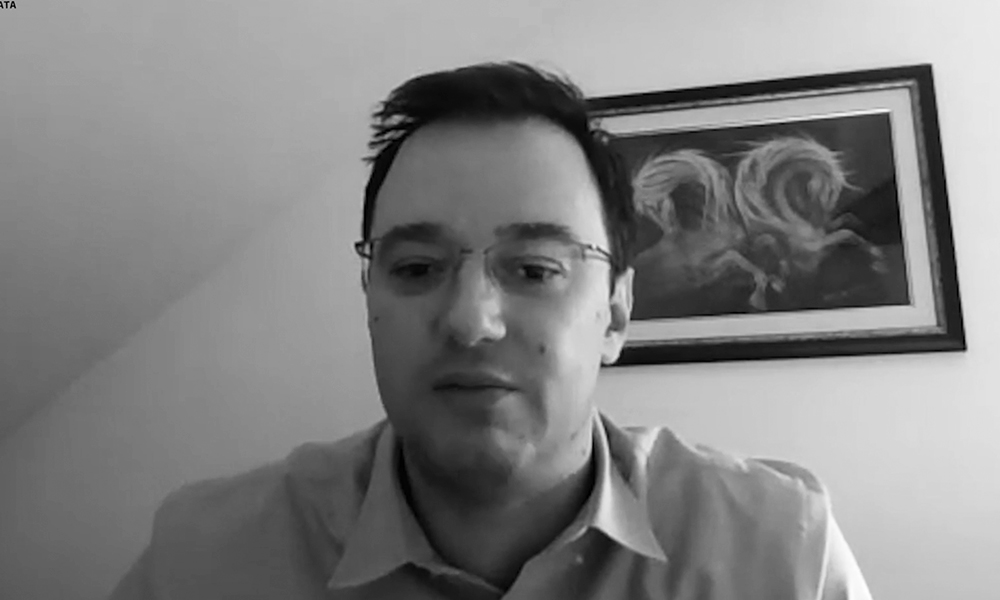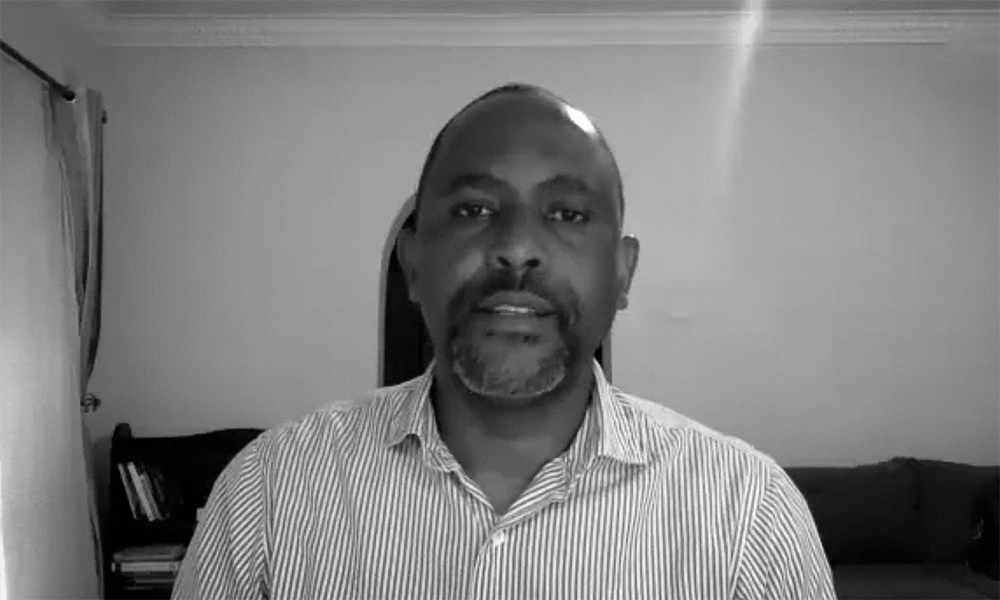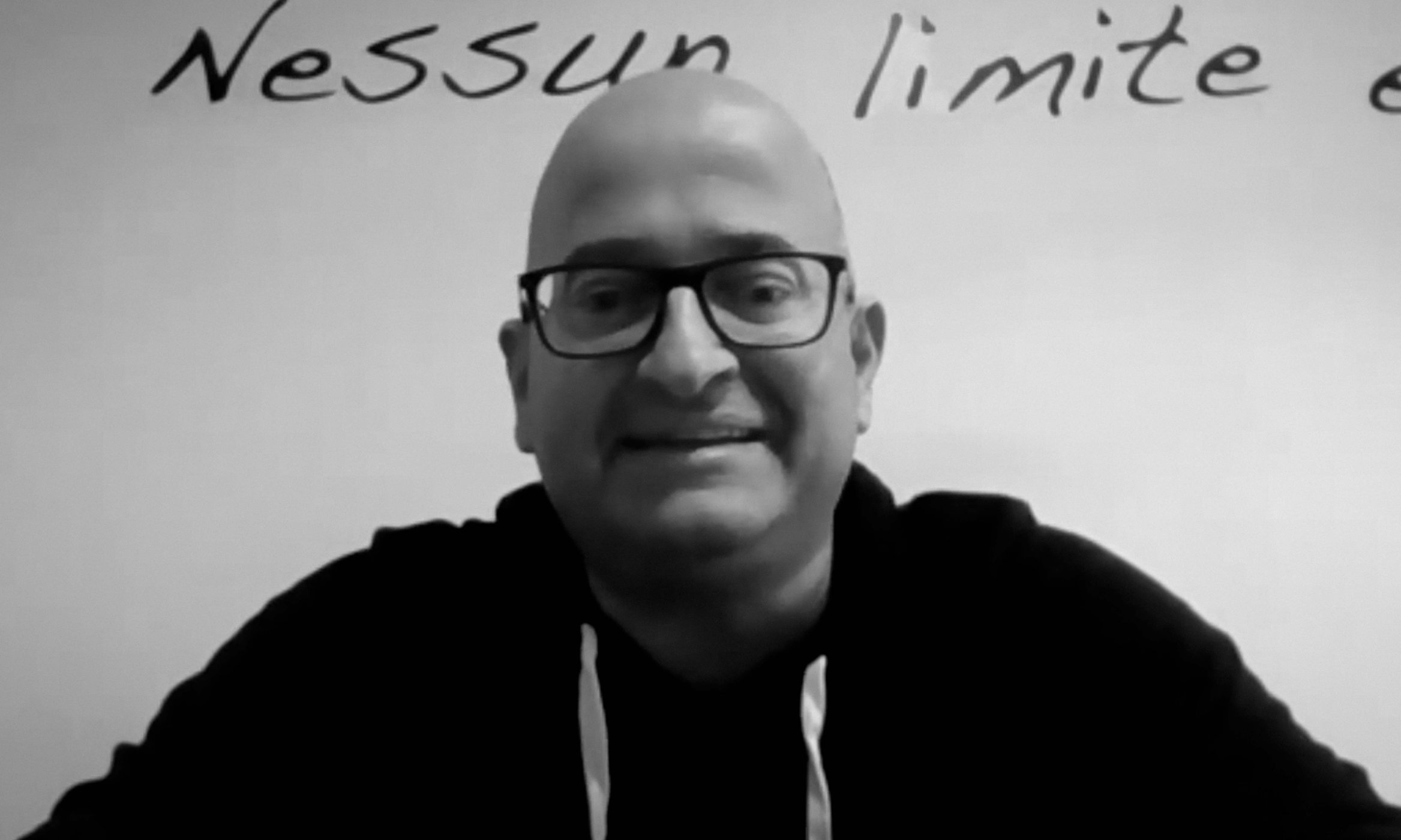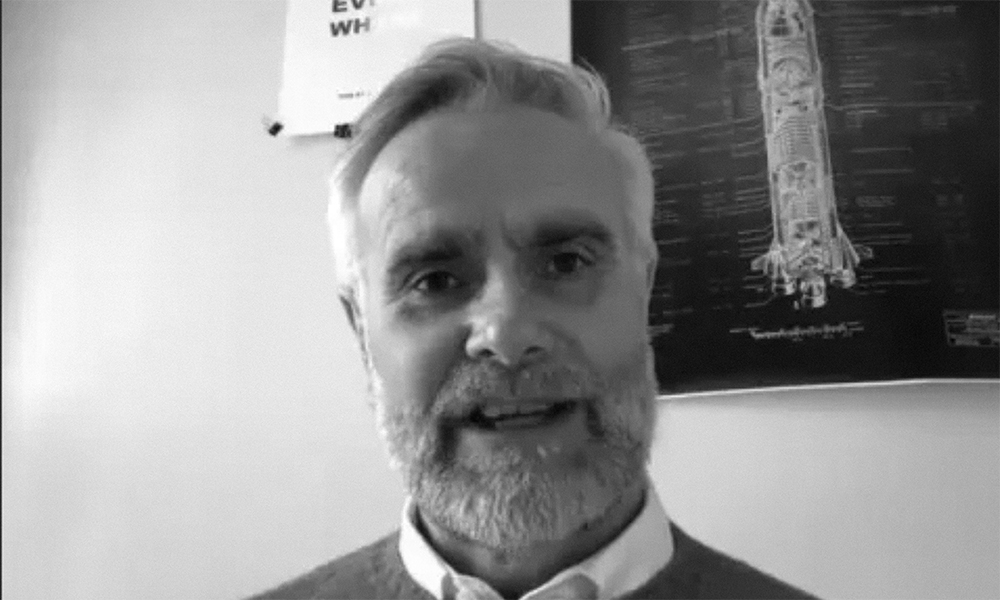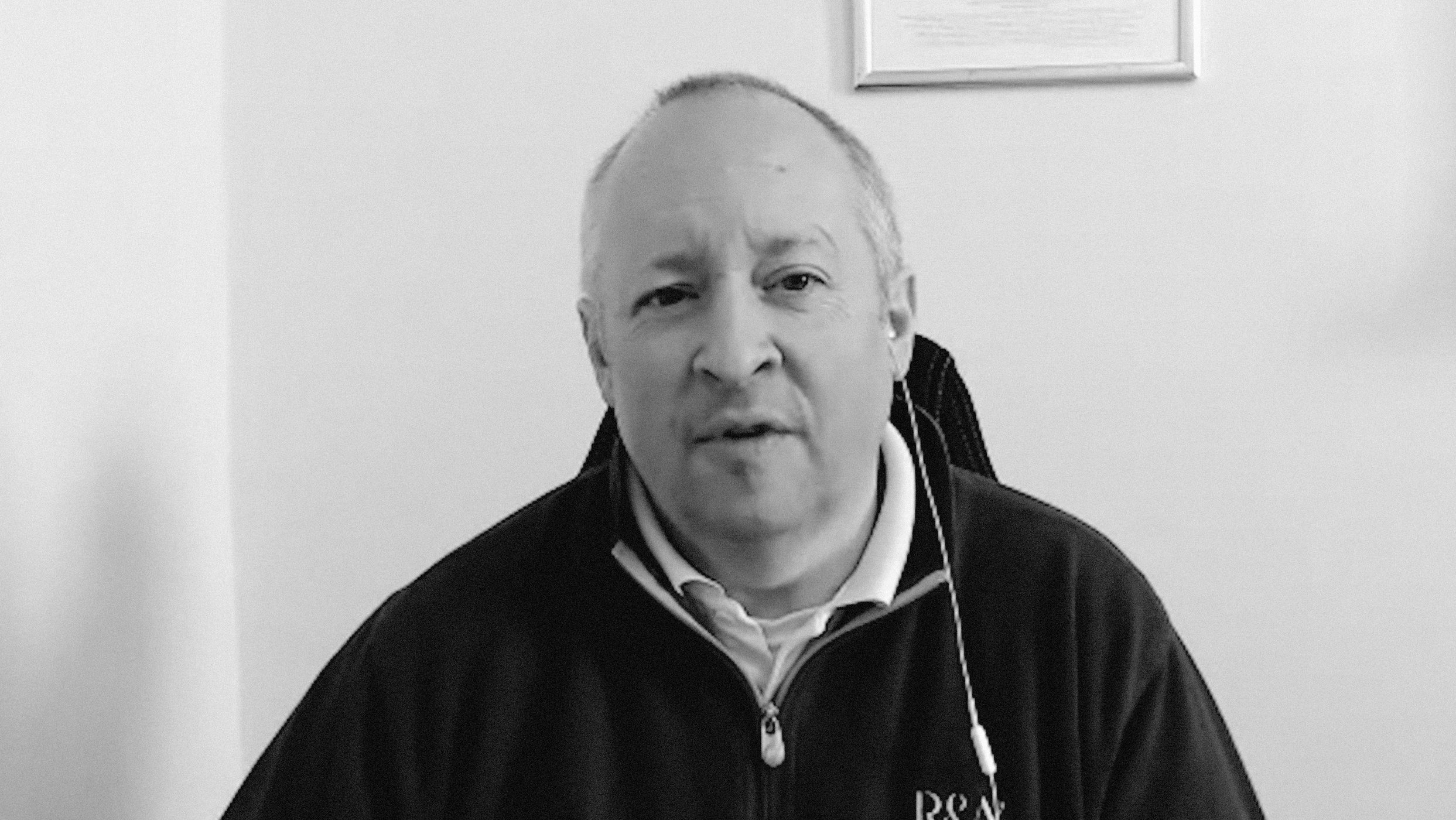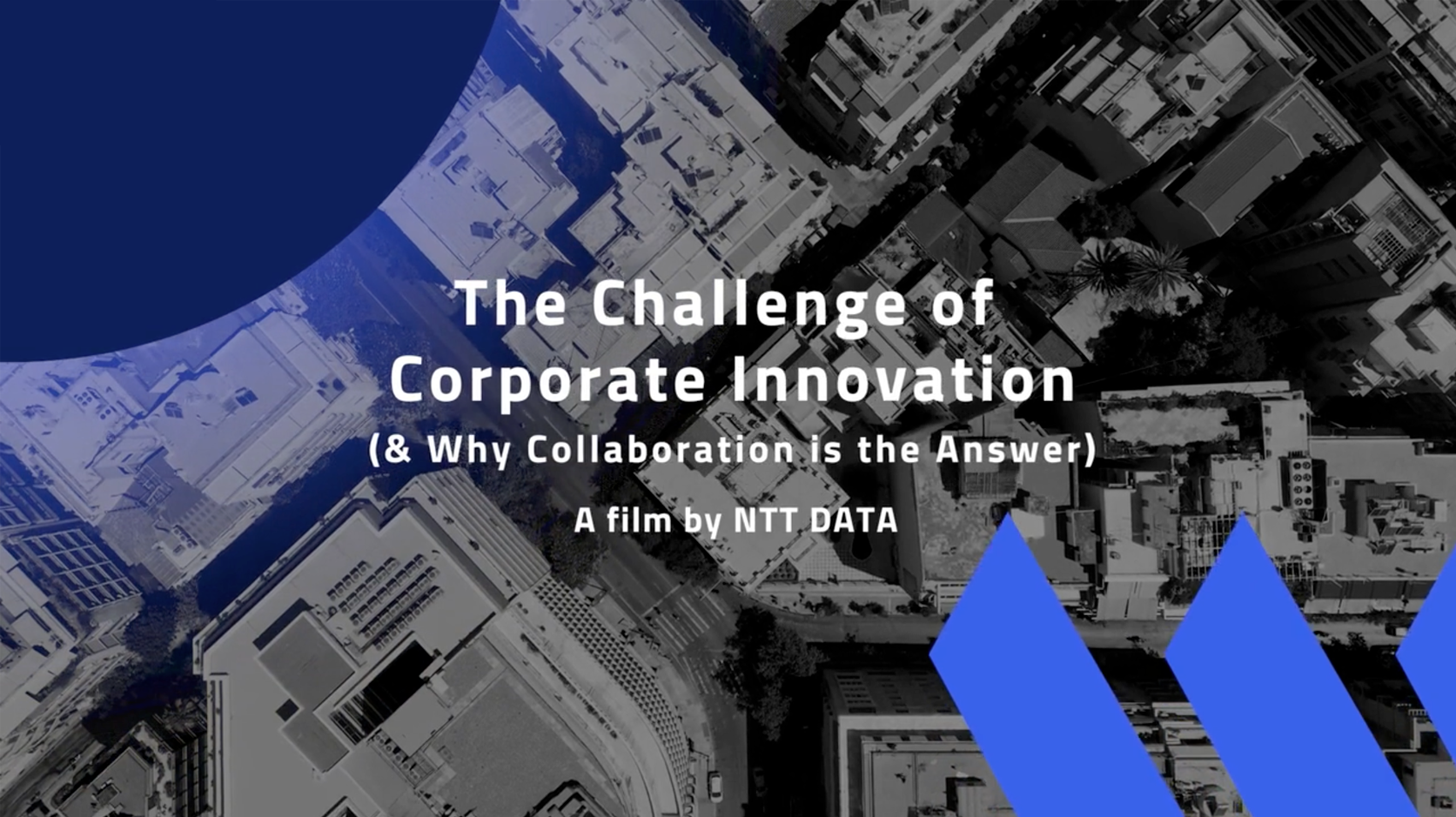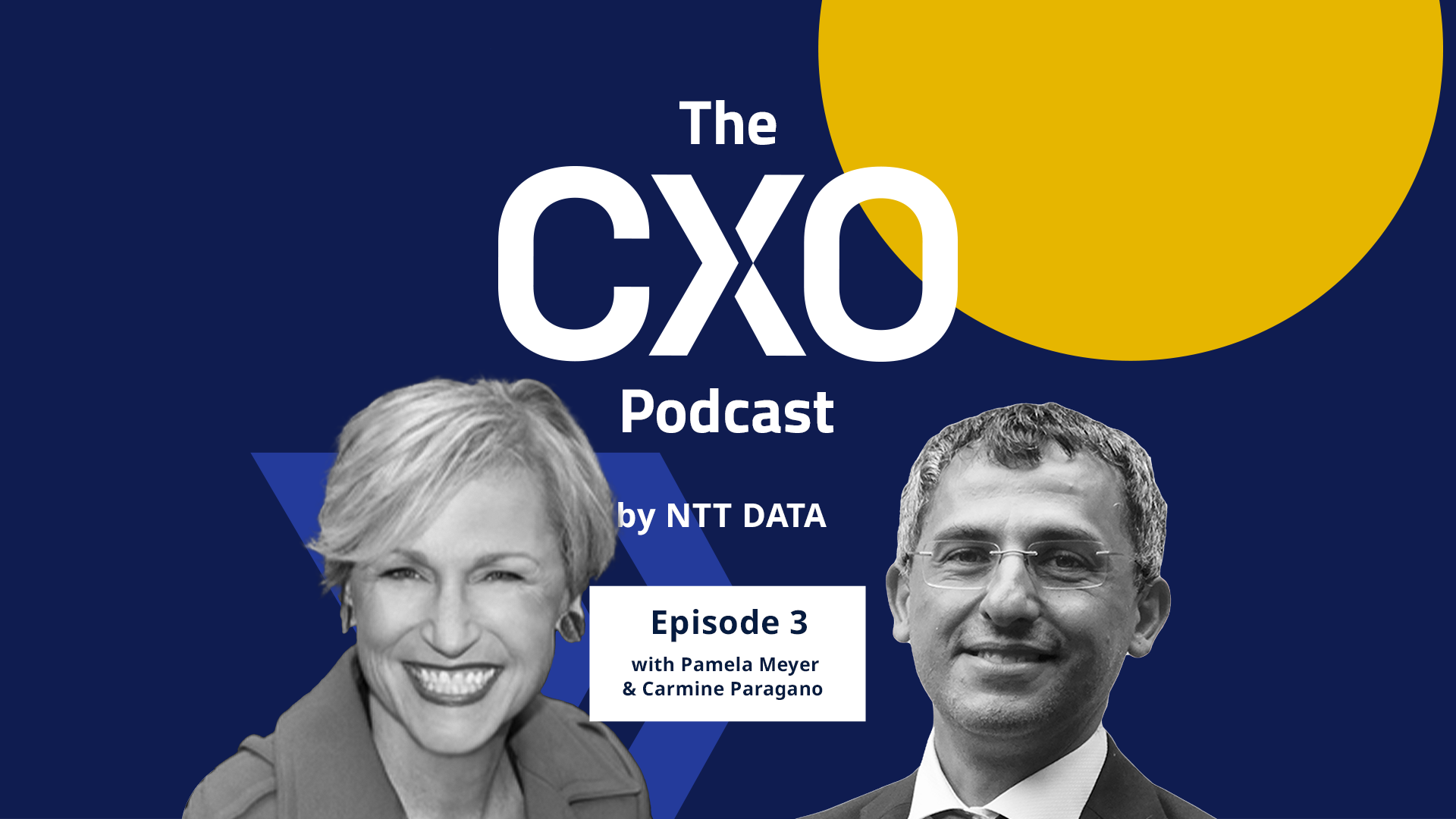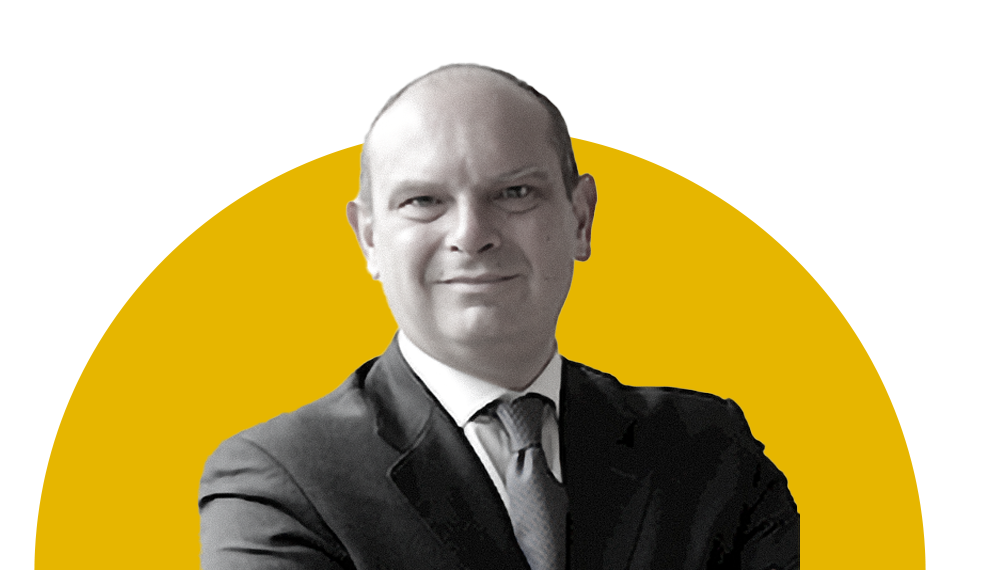
Innovation can be difficult to pin down. It can be applied in many different ways, and the term is often confused, or misused. The word is of Greek origin, used as far back as the 5th century BC. In the hands of ancient philosophers and writers, innovation (καινοτομία; kainotomia) meant ‘introducing change to the established order’.
In his influential book Innovation and Entrepreneurship, Peter Drucker defines the concept as a continuous change that always provides the new and the different opportunity, saying that innovation consists of “the purposeful and organised search for changes, and in the systematic analysis of the opportunities such changes might offer.”
The overwhelming majority of successful innovations exploit change. All internal changes, whether in a commercial setting, public institution, industry or service sector, are because of:
The unexpected: unexpected success, unexpected failure, unexpected outside event;
Incongruity: between reality as it actually is, and reality as it is assumed to be or ‘ought to be’;
Innovation based on process improvement or designing need;
Changes in the industry structure or market structure that catches everyone unprepared.
Innovating in 2021
We are now in Drucker’s ‘outside’ scenario, where external changes – such as in demographics, perception, mood, meaning and new knowledge – influence the direction we’re going.
We thought we wouldn’t survive staying in the house. We thought employees wouldn’t be able to deliver results if not under direct supervision. We thought we could not do business remotely. We thought many things before a global pandemic showed us otherwise.
Our perceptions and predictions are now changing fundamentally.
The year 2020 was a stop-rethink-restart cycle, and many businesses will need to change their business models radically or risk failure.
The year 2020 was a stop-rethink-restart cycle, and many businesses will need to change their business models radically or risk failure.
69% of businesses expected to end 2020 in decline. In comparison, 54% of businesses expressed a need for continued support from the government, primarily in the form of improved tax conditions or deferral of tax payments.
Similar to post-war periods, the economy has changed completely. Leaders worldwide expect a fundamental rethink of businesses and strategies. Up to 90% of leaders expect changes in consumer behaviour established during the pandemic will persist post-crisis.
Indeed, it would be fair to say that no recession to date has brought consumer change of this magnitude.
We are now in the middle of a low-touch economy, and even more so in a low-touch society. Some of the behavioural and social trends that have recently surfaced, and will likely be around beyond 2021, are:
Declining trust in the hygiene of people and products
Food delivery/takeaway services becoming the norm
Limited contact with older generations
Increasing recognition of the value of ‘certified immune’ consumers
Increasing levels of isolation and loneliness
Extended restrictions on travel
Optimised work-from-home setups
A shift to a more humanised and holistic identity (our identity is more than our job)
Unprecedented levels of global unemployment
Increasing levels of stress, pressure and tension
This list illustrates our current reality and our working hypothesis. What do we do with it?
We must change, adapt. We must innovate.

The right kind of innovation
A recurring question about innovation is: how can we be sure of our innovation’s success? Or in other words, how can we increase the chance of it being profitable?
New product development within a company is similar to getting a startup off the ground. Behind all the heavy corporate structures, the funding decision is based on the business plan’s persuasiveness and how well innovation can be executed.
It’s well-known that 90% of startups fail. Most of them do so because of the lack of in-depth validation of their idea, firstly, and secondly, for not following it through.
For the past 15 years, while focusing on new product and service development within the IT&C, Telecoms and FMCG markets as well as non-governmental organisations, I’ve noticed that people tend to create a fantasy around innovation. Most creators see innovation as non-repeatable and incontrovertible works of art, or as a unique invention that will revolutionise the business or society. And the simple fact that they present it out loud should be enough to make it fly. What I’ve learnt in these years is that this kind of innovation is like the kiwi bird: you might spot one, but it won’t fly.
New product development within a company is similar to getting a startup off the ground. Behind all the heavy corporate structures, the funding decision is based on the business plan’s persuasiveness and how well innovation can be executed.
To peel back the layers, it’s important to clearly understand the differences between ideation, invention, innovation and renovation. How I define these terms is:
Ideation is brainstorming, a discussion, maybe a debate.
Invention is a ‘eureka’ moment of defining the new idea.
Innovation is the process of transforming ideas into reality, and the final result of this process (a new product, a new technology or a new service).
Renovation is doing this process at the next level: not only do you have a unique value proposition for the market, but you are also able to improve it.
Still, the question remains of how to choose the right innovation. The main challenge many companies face when dealing with innovation is prioritising the budget.
How do you decide what deserves investment? In cutting-edge technology and inventions to gain differentiation? In new organisational structures to increase operational agility? In new customer experience to increase sales and loyalty, or in employee experience to maintain your resources?
Around 47% of finance leaders expect a revenue decline of over 10% this year, which will significantly impact all revenue streams. CFOs are pursuing changes across many dimensions to capture growth, with most (63%) prioritising changes to products or service offerings, whether new or repurposed. Pricing strategies will also play an important role, with 41% of CFOs citing their importance to revenue growth.
In NTT DATA Romania, we face the same challenges: reshaping our portfolio to deliver best-in-class value for our clients, while not losing focus on our revenue streams and cost structures.
Innovation’s contribution to the portfolio is a strategic objective for us. Nevertheless, without a structure and strategy, ideas stay ideas. We must make innovation real. This is the main challenge companies face besides creating a solid innovation framework, obtaining support from the management team, and driving adoption.
Realising innovation: a framework
There are many reasons to inspire, engage and support ideation:
Pivoting from a corporate, reactive mindset to a more proactive, entrepreneurial one,
Empowering people to take risks and responsibilities,
Pushing for sustainable results,
Obtaining incremental revenue streams,
Disseminating risk within your portfolio mix.
We use a DNA model (so called because of its main elements of driver, need-to-check and after-effects) to funnel experimental ideation to viable propositions, facilitate the idea-to-market process, and make investment decisions.
But more than just an acronym, we believe this innovation framework is rooted in the DNA of a company. It goes beyond the organisational framework to deep down within the atomic structure, where culture and mindset resides.
Drivers include needs and opportunities, which are understood and filtered together with clients and end users. Market insights, client engagement and technology trends are some of the things that feed into this first part of the framework. Drivers stand behind any innovation project and have the role of fuelling and centring the process in a clear objective.
Need to check refers to assessing the resources, time and technology available and checking against the company strategy. Essentially this element consists of mandatory checkboxes which enable and guide the implementation process.
After-effects relate to the next step for the innovation. This might be to pursue, and move to prototype development; or, if it’s not compatible with the current situation, to put on hold or freeze. This is the stage where the outcomes of a qualified product or service are decided.
Innovation’s contribution to the portfolio is a strategic objective for us. Nevertheless, without a structure and strategy, ideas stay ideas.
To put this innovation framework in place requires an agile, ‘ambidextrous’ organisation, one which can harmonise culture and sales. On the one hand, a dedicated innovation budget will be the decisive factor if your products sell or stay in-house. This is because a sales-oriented department must own the responsibility for driving the product with a direct target on P&L efficiency. On the other hand, maintaining an innovative cultural balance can be tricky because it requires weighing up the creative with the procedural: ideation vs process.
It basically means, more or less, to manage disciplined chaos.
Bottom line: what’s the cost?
The answer is quite blunt. The cost of not innovating is the difference between existence and nonexistence. Companies can’t afford not to innovate.
In NTT DATA we invest €3.6bn worldwide in R&D. The cost of innovation is very hard to estimate, especially when it is a built-in feature of the company. Every week someone in NTT DATA launches a new solution, every second someone writes an improved line of code, every millisecond an idea comes up in the mind of one of the 133,000 employees around the world. There’s no magic bullet or holy grail for innovation, but in my personal view, the precondition is trust. Persevere and believe that you can do better, that you can do more, that you can do it again.
…
Change is all around us, but by actively searching for the opportunities in the changing world, businesses can be positioned for innovation success: by encapsulating expertise in high-value products and services, and using the proper framework to facilitate the transition from idea and experiment to scalable and repeatable sales. In sum, by funnelling experimental ideation to viable propositions, facilitating the idea-to-market process, and investing in R&D, leaders can supercharge the relevance and profitability of their innovation efforts.

